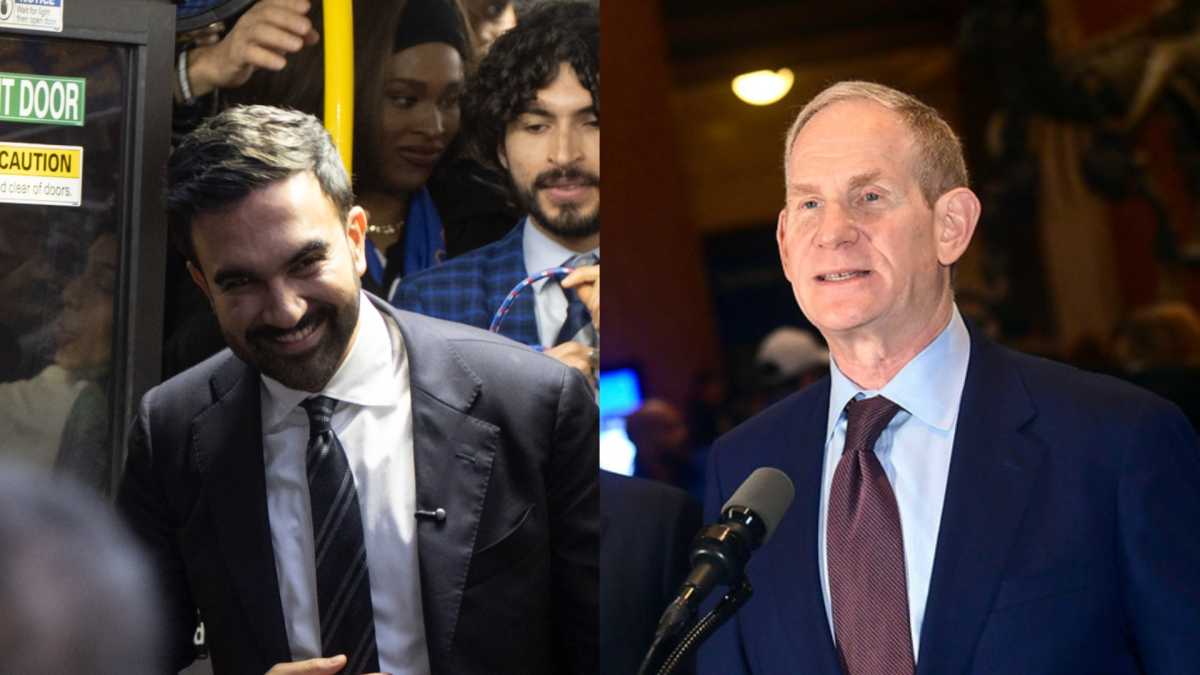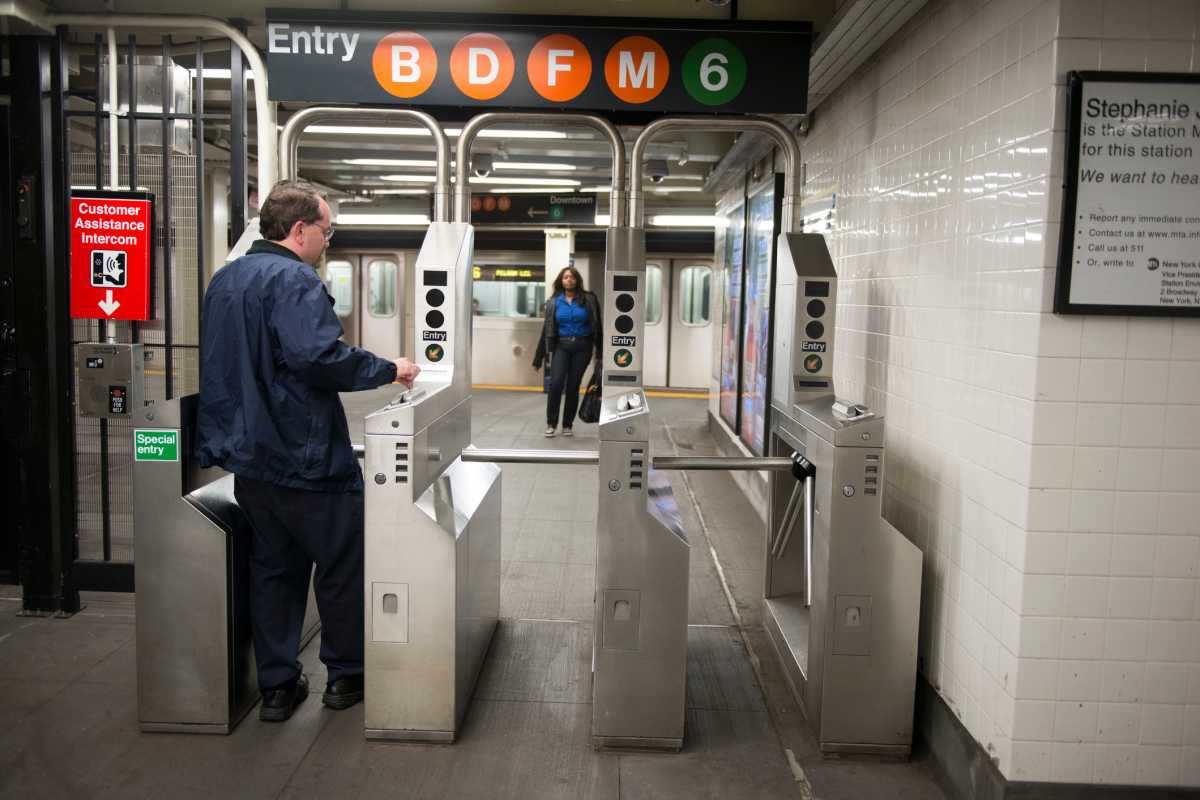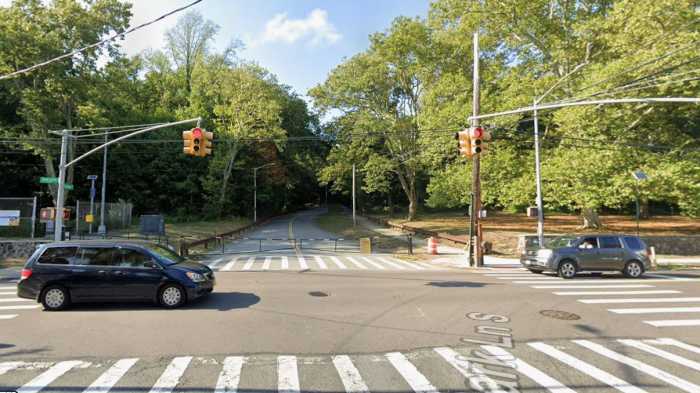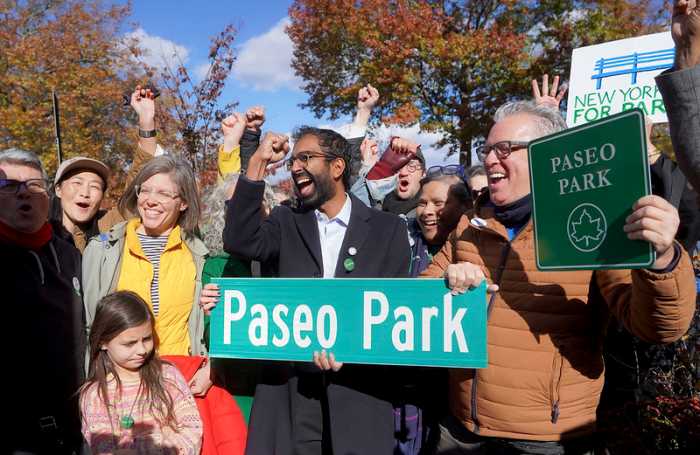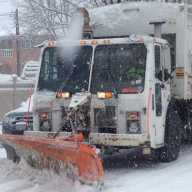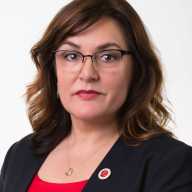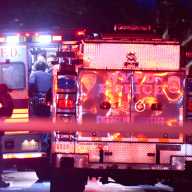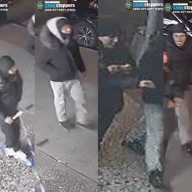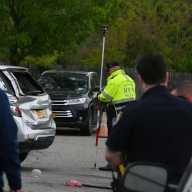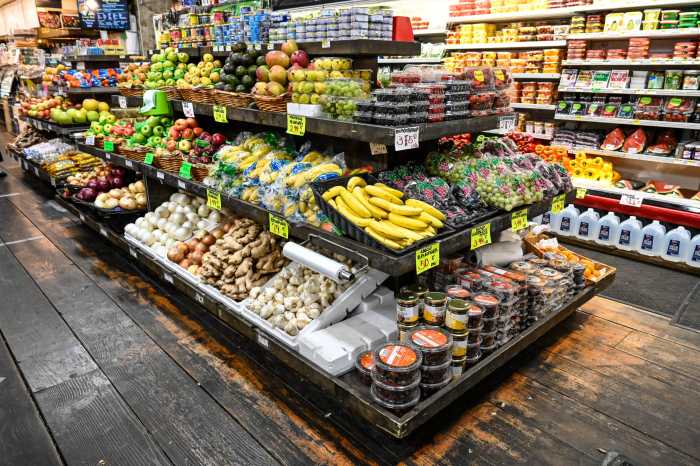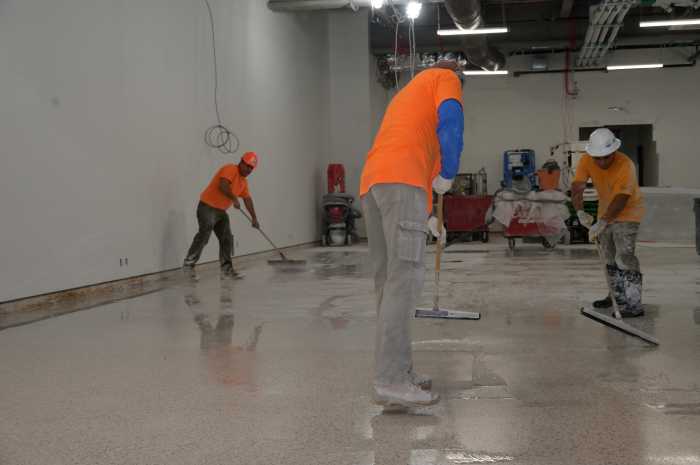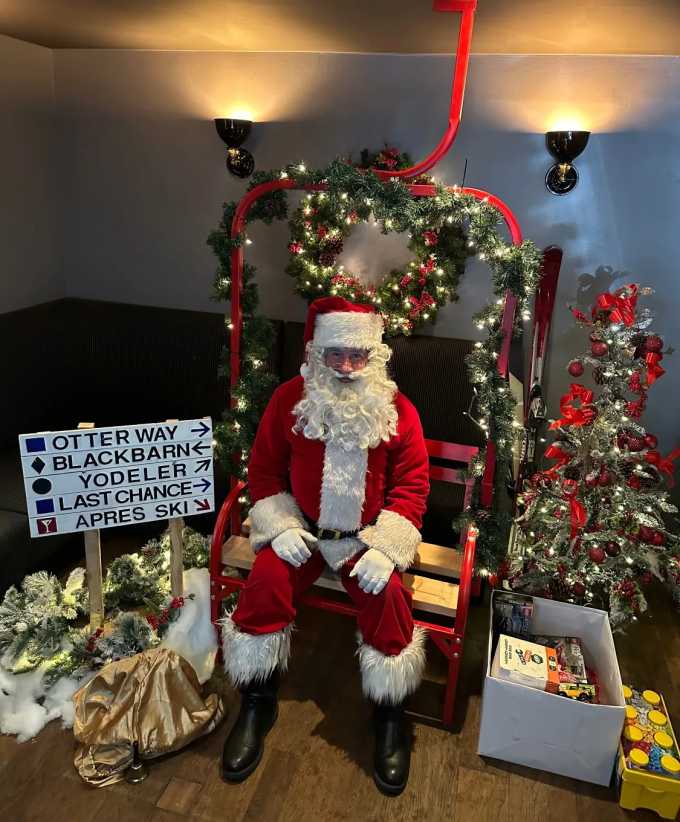By Patrick Donachie
New Yorkers at or below the poverty line would be unduly burdened by proposed subway and bus fare hikes, according to members of the public who spoke at an MTA hearing at York College in Jamaica Monday evening.
Elected officials and community members alike railed against the lack of commuter options in southeast Queens, questioning where they could find a return on their investment into the public transit system.
“The service we receive is unacceptable,” South Jamaica resident Michelle Hall said. “You start saying, ‘do I buy this food for my family or do I pay for the Metrocard so I can get to the job and I can pay for my maintenance and my rent?’”
Many MTA board members were on hand for the event, including Chairman Thomas Prendergast and Vice Chairman Fernando Ferrer. The MTA is considering two options for increases to fares and tolls over the next two years, which the agency said would be the lowest projected increase since 2009.
The first plan would maintain the base fare at $2.75, with a 5 percent round-trip bonus. With Plan B, the base fare would increase to $3 with a 16 percent round-trip bonus. Monthly Metrocards would reflect a fare increase in both plans. The increases will be voted on in January and could be enacted in March.
City Councilman I. Daneek Miller (D-St. Albans) criticized the state of public transit for southeast Queens residents when he welcomed the board members.
“I hope you took public transportation,” he said. “I just came from City Hall and it was a two-hour ride, to let you know what we’re dealing with out here.”
Samuel Santaella, a member of Riders Alliance from St. Albans, spoke about his support for half-price fares for poor New Yorkers, hoping to see the MTA improve economic opportunity for riders.
“I’m fighting for fair fares for myself and my community,” he said. “Let’s make our turnstile an entryway, not a barrier.”
An MTA spokeswoman said fares from customers only accounted for about half of the MTA’s annual budget.
“The MTA always tries to keep fares as low as possible and still provide safe, reliable service,” she said. “The MTA already makes a substantial commitment to low-income city riders, including $625 million annually MTA spends to subsidize services primarily available for NYC-only residents (such as elderly, paratransit and schoolchildren).”
The Riders Alliance partners with the Community Service Society of New York, which released a report in April about the detrimental effect fare increases are having on low-income New Yorkers. The study suggested the reduced fare be open to city residents between the ages of 18 to 64 in families with incomes below the federal poverty level. The study estimated about 800,000 New Yorkers could qualify.
According to the analysis, 25 percent of the city’s near-poor, defined as households with a total income between poverty and twice the poverty level, reported frequently being unable to afford bus and subway fares, with 28 percent of those living below the poverty line reporting they could not do so.
Nancy Rankin, the agency’s vice president of policy research and advocacy, said she thought momentum was growing in the push to assist New Yorkers at or below the poverty line. She said Mayor Bill de Blasio had the legal authority to ask the MTA to consider reduced fares for a category of riders provided the city made up the lost revenue in its budget. Rankin said CSSNY estimated a need of about $200 million per year if the reduced fare option was fully phased in.
“That’s consistent with what he rode into office on, which was ending the tale of two cities,” Rankin said.
Reach reporter Patrick Donachie by e-mail at pdona


